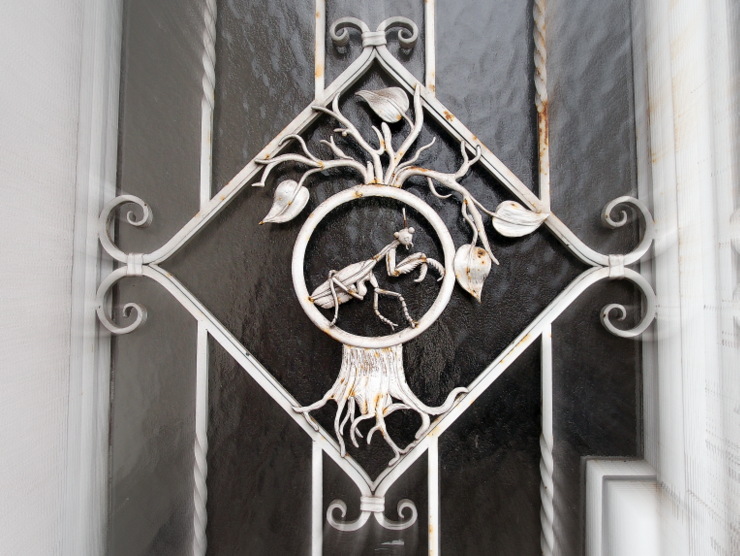
I am a sucker for wrought ironwork. On a walk through Graz, I discovered this image of a praying mantis (Mantis religiosa) as a decoration on a house entrance. What might have been the motivation for this work of art? [German]
You only see what you know (Goethe)

I am a sucker for wrought ironwork. On a walk through Graz, I discovered this image of a praying mantis (Mantis religiosa) as a decoration on a house entrance. What might have been the motivation for this work of art? [German]
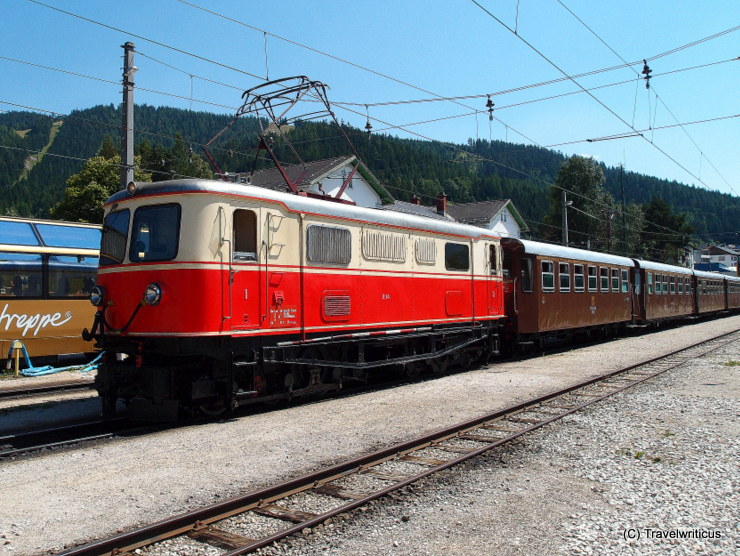
The electric locomotive Class 1099 was produced in 1910-1914 for the particular needs of the narrow-gauge Mariazell Railway. There, they were in operation for regular schedules until 2013.

At the Schell Collection, also known as the Museum of Keys (Schlüsselmuseum), you learn a lot about keys, locks, chests and jewellery boxes. Another focus is on decorative ironwork. So you see a compilation of house signs, grave crosses, windows and doors. [German]
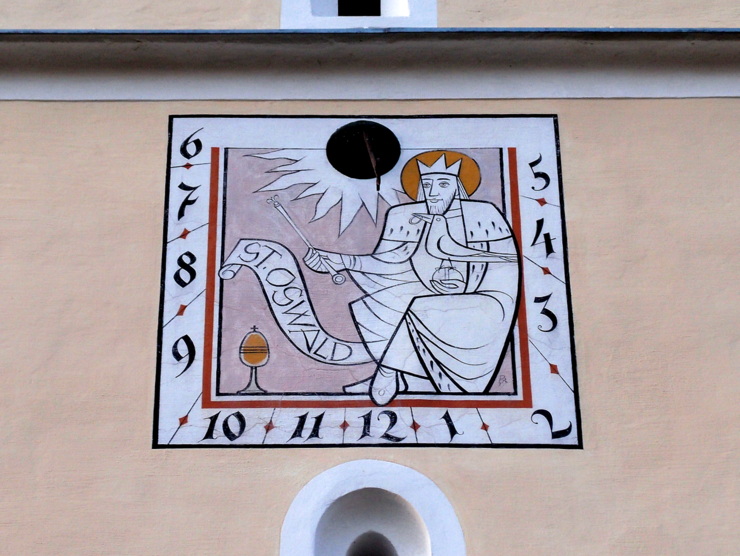
This sundial at the parish church of Puch bei Weiz shows Saint Oswald with a raven in his hand. The church is consecrated to this saint, who ruled as a King of Northumbria in the years 634-642.
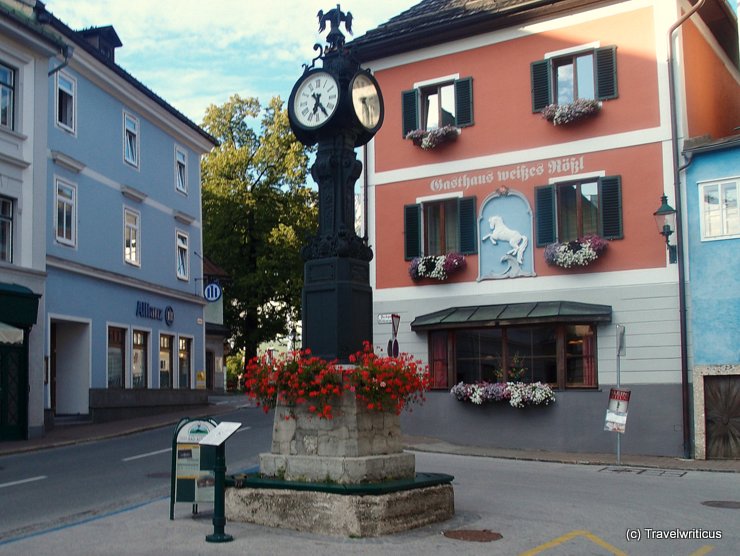
The Lössl-Uhr (Lössl Clock) is a technical gem in Bad Aussee. The public clock designed by Friedrich von Lössl used to work with the power of changes in atmospheric pressure and temperature.
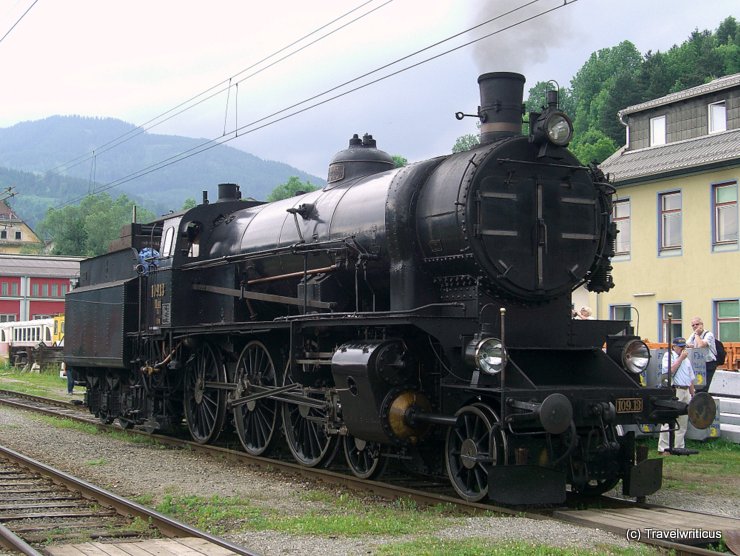
On an event at the Südbahn Museum in 2010, I saw this steam locomotive of the Class SB 109. It dates back to 1912. In the beginning the loco served for the Austrian Southern Railway Company. Today, it still runs for classic train tours.

If you are interested in the people of Celts, Deutschlandsberg Castle (Schloss Deutschlandsberg) in the Austrian state of Styria is worth a visit. It houses the Archeo Norico, a museum about Celtic history.
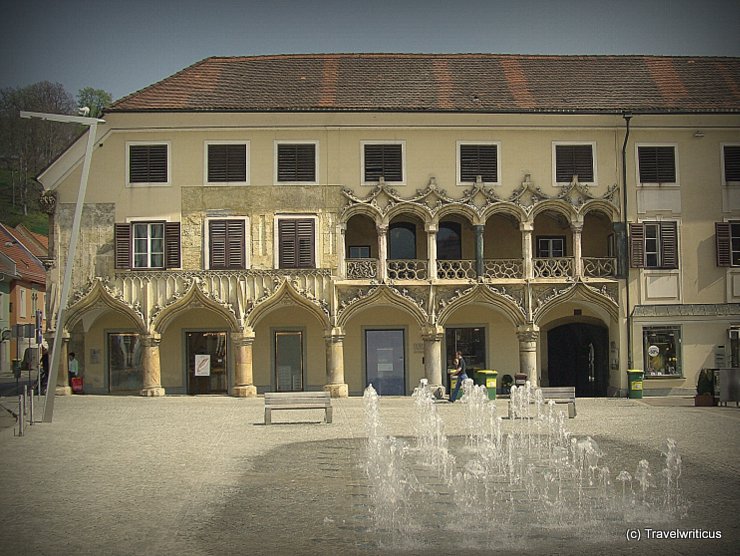
The Kornmesserhaus is one of the most beautiful Gothic secular buildings in Austria. You find the building on the town square of Bruck an der Mur. Its name originates from its first owner, Pankraz Kornmesser.
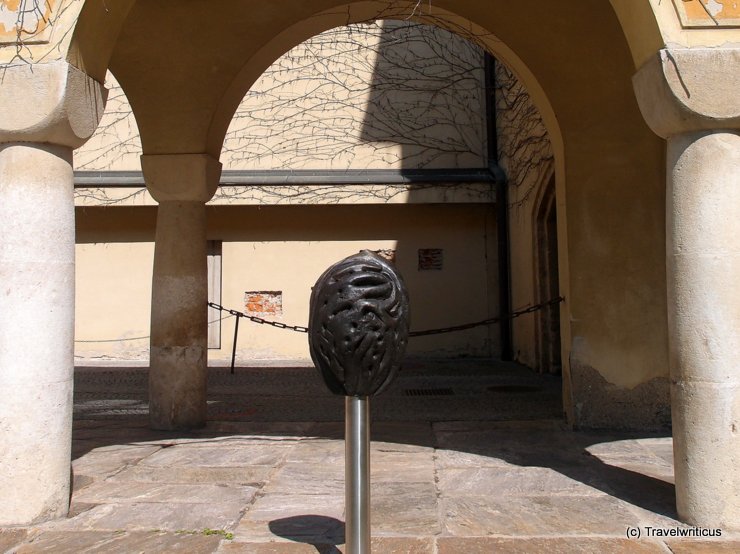
In German, we use the same word for the stone of a fruit and the centre of a city: Kern. So we say Stadtkern to talk about downtown. That’s why this public artwork in the Styrian capital made me smile.
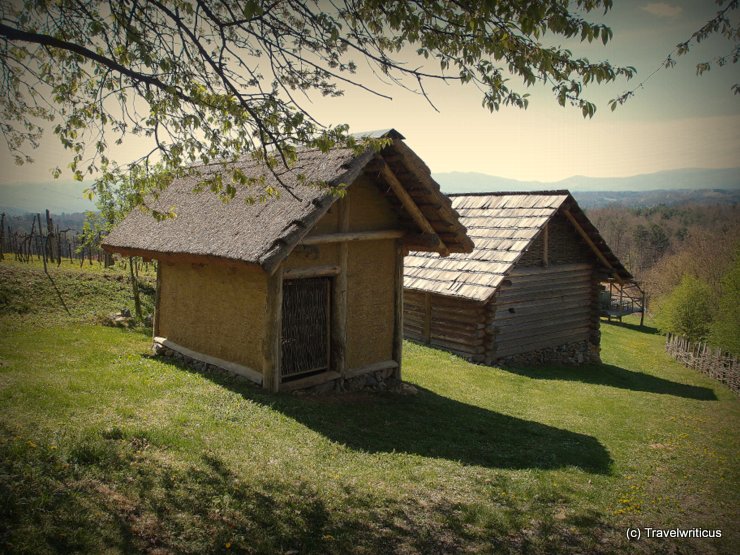
Long before the Romans established their province of Noricum on the grounds of today’s Styria, people of the Hallstatt Culture lived here. Near the Styrian place of Großklein, you find a reconstruction of farmhouses dating back to the Hallstatt period.
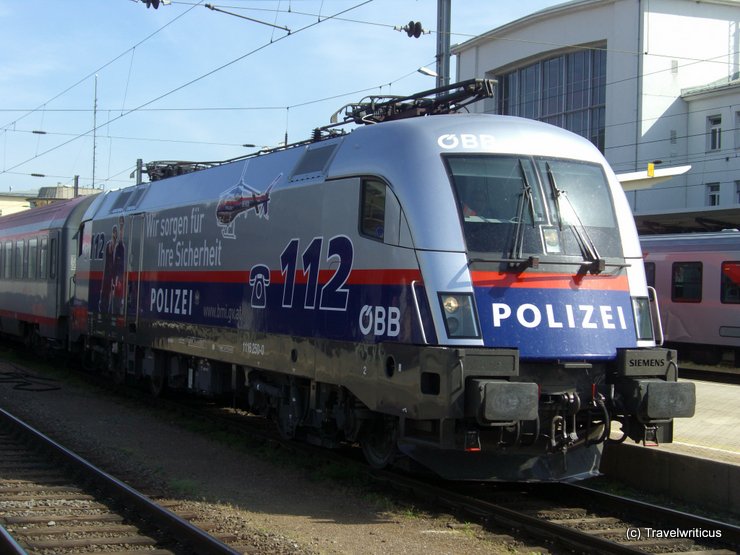
The Federal Austrian Railways (OBB) offers locomotive branding for companies and organisations. A fun example is this loco branded with the colours of the Austrian police (POLIZEI).